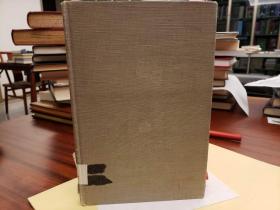
Collected Poems of William Empson
威廉·燕卜逊诗集,美国版;现货!非代购!非“海外库房”发货!
¥ 299 八五品
仅1件
浙江杭州
认证卖家担保交易快速发货售后保障
作者William Empson
出版社Harcourt, Brace & Company
出版时间1949
版次1
印刷时间1949
印次1
装帧精装
页数113页
上书时间2024-07-31
- 在售商品 暂无
- 平均发货时间 1小时
- 好评率 暂无
- 店主推荐
- 最新上架
商品详情
- 品相描述:八五品
- 图书馆藏书
- 商品描述
-
威廉·燕卜荪(William Empson),1906年9月27日生于英格兰约克郡,英国著名文学批评家、诗人。他的成名作为《朦胧的七种类型》。代表作品还有《田园诗的几种形式》、《使用传记》等。1925年,威廉·燕卜荪(William Empson)入剑桥大学的玛德琳学院念数学,并开始以剧作家和诗人扬名。1926年,在当时剑桥的学生文学期刊上发表评论,他认为其关于著作、戏剧与电影“草率而尖刻”的评论成为了他批评思想快速成熟的一个重要阶段。
1928年,与他人共同创办《实验》杂志,力图将艺术实验、哲学实验与科学实验结合起来,结果被斥为“聪明的年轻人可悲地尽讲废话”。在本科期间,燕卜荪用自己的话说,沉湎于“让人头晕的夸夸其谈”,其诗歌创作是“孤独与受难”的产物。
1930年,燕卜荪在剑桥大学由数学专业转读文学专业时,曾师从大名鼎鼎的文学理论家I.A.瑞恰慈。作为学生的燕卜荪,在瑞恰慈给他批改的一份作业中得到启示,写出了震惊现代西方文学界影响久远的著作《朦胧的七种类型》(Seven Types of Ambiguity)。该书改变了整个现代诗的历史,也开创了“细读”批评范例。一直到今天,英美大学的文学系,依然鼓励学生作细读分析。美国文学批评家兰色姆认为:“没有一个批评家读此书后还能依然故我。”有人甚至说,西方文学应分成“前燕卜荪(Pre-Empsonian)时期”和“后燕卜荪(Post-Empsonian)时期”。
后来,剑桥校方因为在燕卜荪抽屉里发现了避孕套,取消燕卜荪教席。此事使他的导师瑞恰慈极为震怒,只能劝燕卜荪离开英国到远东去。1937年,燕卜荪乘坐跨西伯利亚列车来到中国,此时北京大学已南迁。他随当时在中国推广“基本英语”的瑞恰慈夫妇乘船去了香港,随后到中国内地边走边聊。当时三校在长沙、衡山建立临时大学,燕卜荪来到这里报到,并著有长诗《南岳之秋》。他关于中国的诗还有《中国》、《中国谣曲》等四首。1938年,他随学校继续南迁到昆明,并开讲英国现代诗——奥登的《西班牙》。1937年-1939年,燕卜荪先后在北京大学西语系和昆明西南联合大学任教授,讲授英国文学。 “燕卜荪”是他为自己取的一个中国名字。在这期间,燕卜荪开始写作后来成为他最伟大著作的论文集《复杂词的结构》,他讲授的英国当代诗歌对中国20世纪四十年代现代主义在昆明的兴起影响巨大。
Empson's fascinating monograph, which for its sheer exoticism will astonish any Empson buffs who weren't aware of its existence, may not convert the scholar of world religions or of Buddhism or of Buddhist art to its views, as the neophyte will learn from the admiring and helpful introduction by Rupert Arrowsmith. It is nonetheless an exciting tour of the one artform―early Buddhist sculpture―that seems to have captured Empson's full attention. The Face of the Buddha is a thrilling surprise, though, mainly because here, in a work of the left hand long known only to a few, we find Empson's brilliance and the deadpan comedy of his prose in top form. (Paul Fry, Yale University)
— 没有更多了 —



















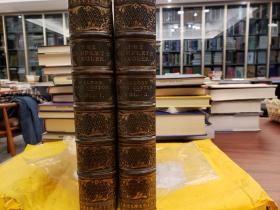

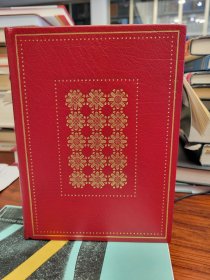

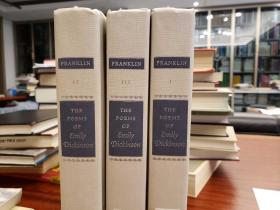




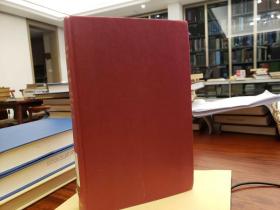

以下为对购买帮助不大的评价